Child Poverty on the Rise; State Budget Percentage for Children Dropping, Advocacy Group Says
/When the state legislature in Special Session this month restored planned budget cuts that would have adversely impacted Connecticut children and families, advocates for those segments of society praised the action. But they also took the opportunity to highlight continued disparities and shortfalls in the level of state resources allocated to programs and policies impacting children in the state.
“Alleviating the wide disparities left in the wake of the economic recovery, including record-high child poverty, requires a state budget that reflects the needs of our children and families,” pointed out Connecticut Voices for Children, an organization marking two decades of advocating for Connecticut children. 
They went on to point out that a recent update to their Children’s Budget finds “continued long-term disinvestment in programs that serve children and families,” such as K-12 education, developmental services, and health coverage - down nearly 10 percentage points from the early 1990s when the state spent nearly 40% of the General Fund on such programs.
They also noted that while child poverty has increased by more than 16.4 percent since the economic recovery began in 2010 (from a rate of 12.8 percent to 14.9 percent), the share of the state budget that is appropriated to the Children’s Budget has declined by 5.7 percent (from 32.4 percent of General Funds to 30.6 percent).
“We believe that more can and must be done in the upcoming session and in the years to come to reverse the long term decline in state investment in children and youth and to prioritize the establishment of equitable opportunity across race, ethnicity and zip code,” said Ellen Shemitz, executive director of Connecticut Voices for Children. The legislature’s 2016 session convenes in February.
Among the aspects of the budget impacted in the Special Session were a series of “short-term fixes,” according to published reports, such as transferring $5.7 million from various accounts to the state's general fund, including the school bus seat belt account, and $15.1 million from public colleges and universities. 
A November report by Connecticut Voices for Children found that "despite lower levels of unemployment, the recovery has left behind many of our state’s residents, including people of color, young workers, those paid low wages, and many with relatively low levels of education. These trends have made it more difficult for families to afford their most basic needs." The report stressed that "failure to address the needs of our children sets us up for an intergenerational cycle of poverty that will undermine preparedness for work in a state that has long boasted one of the nation’s most productive and highly educated workforces."
 This summer, Shemitz was among those appointed to serve on the state’s Commission on Economic Competitiveness, created by the legislature amidst concerns in the state’s business community about the perceived lack of competitiveness. The Commission is considering steps to improve Connecticut’s employment and business climate including measures to support workforce development and family and economic security. Recommendations are anticipated for legislative action next year.
This summer, Shemitz was among those appointed to serve on the state’s Commission on Economic Competitiveness, created by the legislature amidst concerns in the state’s business community about the perceived lack of competitiveness. The Commission is considering steps to improve Connecticut’s employment and business climate including measures to support workforce development and family and economic security. Recommendations are anticipated for legislative action next year.
Writing recently in the Hartford Business Journal, Shemitz stressed that the state needs “a healthy economy to assure gainful employment and economically secure families.” She noted that “business climate is about more than taxes. A healthy business climate requires good transportation and a highly educated workforce, both of which depend upon strategic planning and public investment.” The Commission’s organizational meeting was held in September. (CT-N coverage) It is co-chaired by State Rep. William Tong (D-Stamford) and Joe McGee, Vice President of the Business Council of Fairfield County.
Based in New Haven, the mission of Connecticut Voices for Children is to “promote the well-being of all of Connecticut's young people and their families by advocating for strategic public investments and wise public policies.”


 However, survey data appears inconsistent on whether the trends are good or bad.
However, survey data appears inconsistent on whether the trends are good or bad.

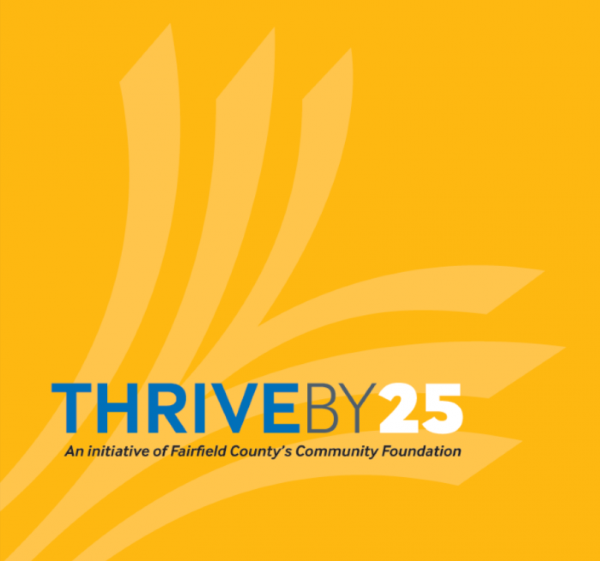

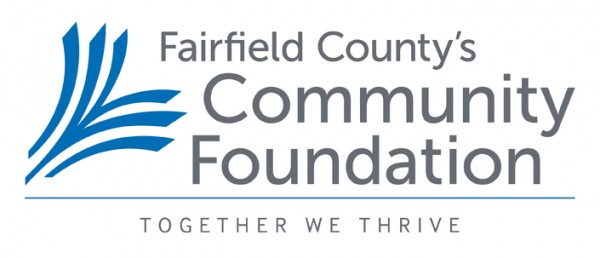
 The action plan is spurred by clear concerns: “When young people are not attending school or working, they cannot attain necessary education or work experience, support themselves, save for their future, or contribute to the economy. What future do they face? What future does Fairfield County face?”
The action plan is spurred by clear concerns: “When young people are not attending school or working, they cannot attain necessary education or work experience, support themselves, save for their future, or contribute to the economy. What future do they face? What future does Fairfield County face?”
 dgun or revolver, and $25 gift card for a shotgun or rifle. Although held in Hartford and focused on the capital region, the buyback is open to all state residents.
dgun or revolver, and $25 gift card for a shotgun or rifle. Although held in Hartford and focused on the capital region, the buyback is open to all state residents. Hartford police also conducted a gun buyback program in
Hartford police also conducted a gun buyback program in 




 "The Connecticut Council for Philanthropy along with other funding partners invested in the first ever statewide Community Wellbeing Survey, a scientific survey of the state’s entire adult population that will provide timely, powerful knowledge about our communities and enable us to better know the people and places we care about,” added Maggie Osborn, President of the Connecticut Council for Philanthropy.
"The Connecticut Council for Philanthropy along with other funding partners invested in the first ever statewide Community Wellbeing Survey, a scientific survey of the state’s entire adult population that will provide timely, powerful knowledge about our communities and enable us to better know the people and places we care about,” added Maggie Osborn, President of the Connecticut Council for Philanthropy. The APNA Annual Conference delivers more than 100 varied educational sessions and invaluable networking opportunities to the more than a thousand psychiatric-mental health RNs and APRNs who attend each year. The organization has more than 10,000 members nationwide.
The APNA Annual Conference delivers more than 100 varied educational sessions and invaluable networking opportunities to the more than a thousand psychiatric-mental health RNs and APRNs who attend each year. The organization has more than 10,000 members nationwide.
 In Florida last month, more than 1,800 attendees were on hand for a program “packed with psychiatric-mental networking, updates, and continuing education targeted to psychiatric-mental health nurses.” Session recordings from the Annual Conferences are made available in the APNA eLearning Center in podcast form, along with up-to-date session slides and other relevant materials.
In Florida last month, more than 1,800 attendees were on hand for a program “packed with psychiatric-mental networking, updates, and continuing education targeted to psychiatric-mental health nurses.” Session recordings from the Annual Conferences are made available in the APNA eLearning Center in podcast form, along with up-to-date session slides and other relevant materials.
 In Connecticut, the average rate between 1999 and 2001 was 4.1 per 100,000. Between 2010 and 2013, the drug overdose rate had risen to 8.3, above the national aver
In Connecticut, the average rate between 1999 and 2001 was 4.1 per 100,000. Between 2010 and 2013, the drug overdose rate had risen to 8.3, above the national aver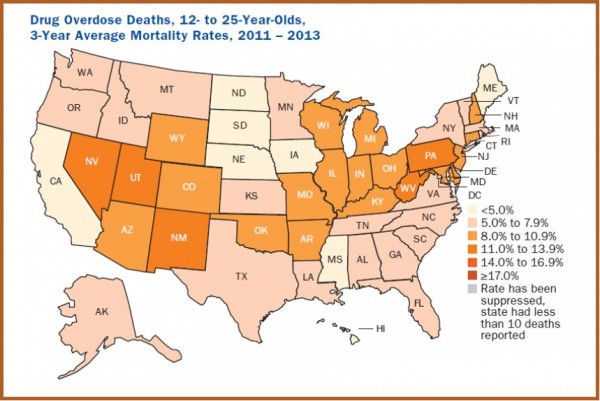 age but unchanged from a previous three-year period, 2005-2007. The data was compiled from the Centers for Disease Control and Prevention. Males are 2.5 times as likely to overdose as females (10.4 vs. 4.1 per 100,000), according to the report.
age but unchanged from a previous three-year period, 2005-2007. The data was compiled from the Centers for Disease Control and Prevention. Males are 2.5 times as likely to overdose as females (10.4 vs. 4.1 per 100,000), according to the report.
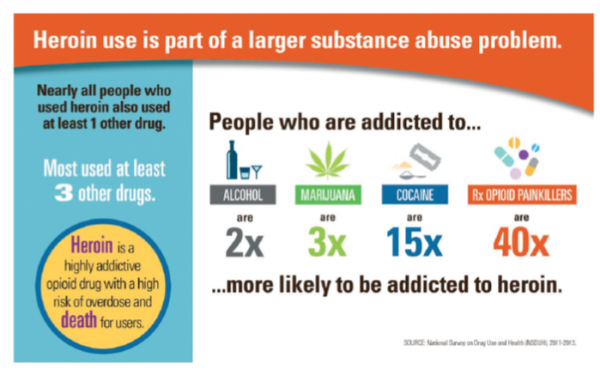 s to help practitioners identify potential abuse that leads to over prescribing by requiring them to check patient history to verify if patients seeking certain prescriptions have recently received these medications from multiple other prescribers or pharmacists.
s to help practitioners identify potential abuse that leads to over prescribing by requiring them to check patient history to verify if patients seeking certain prescriptions have recently received these medications from multiple other prescribers or pharmacists.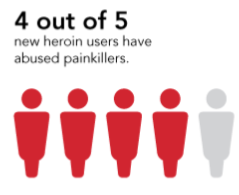
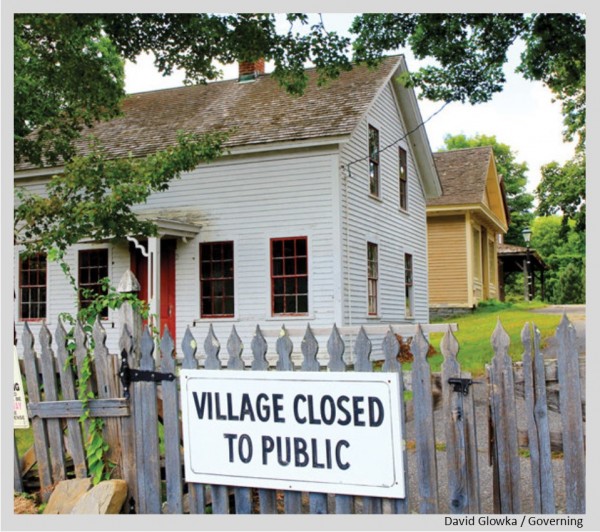
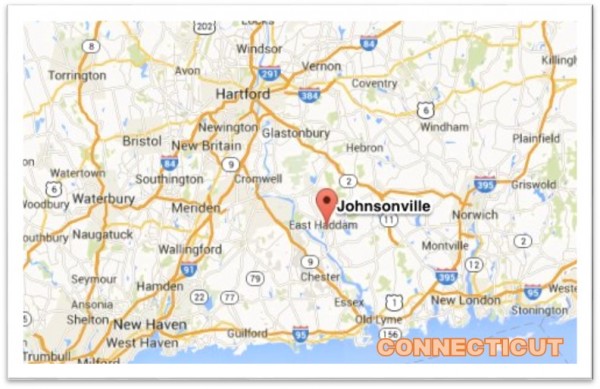


 Instead,
Instead,  l bus injuries in the U.S. every year — two to three times National Highway Traffic Safety Administration estimates, which use only a sampling of data and exclude field trips like the one on which Vikas Parikh died. Seat belts work best in rollover and side-impact collisions in which students are thrown out of their seats, as Vikas was. The American Academy of Pediatrics supports restraints on buses.”
l bus injuries in the U.S. every year — two to three times National Highway Traffic Safety Administration estimates, which use only a sampling of data and exclude field trips like the one on which Vikas Parikh died. Seat belts work best in rollover and side-impact collisions in which students are thrown out of their seats, as Vikas was. The American Academy of Pediatrics supports restraints on buses.”


























